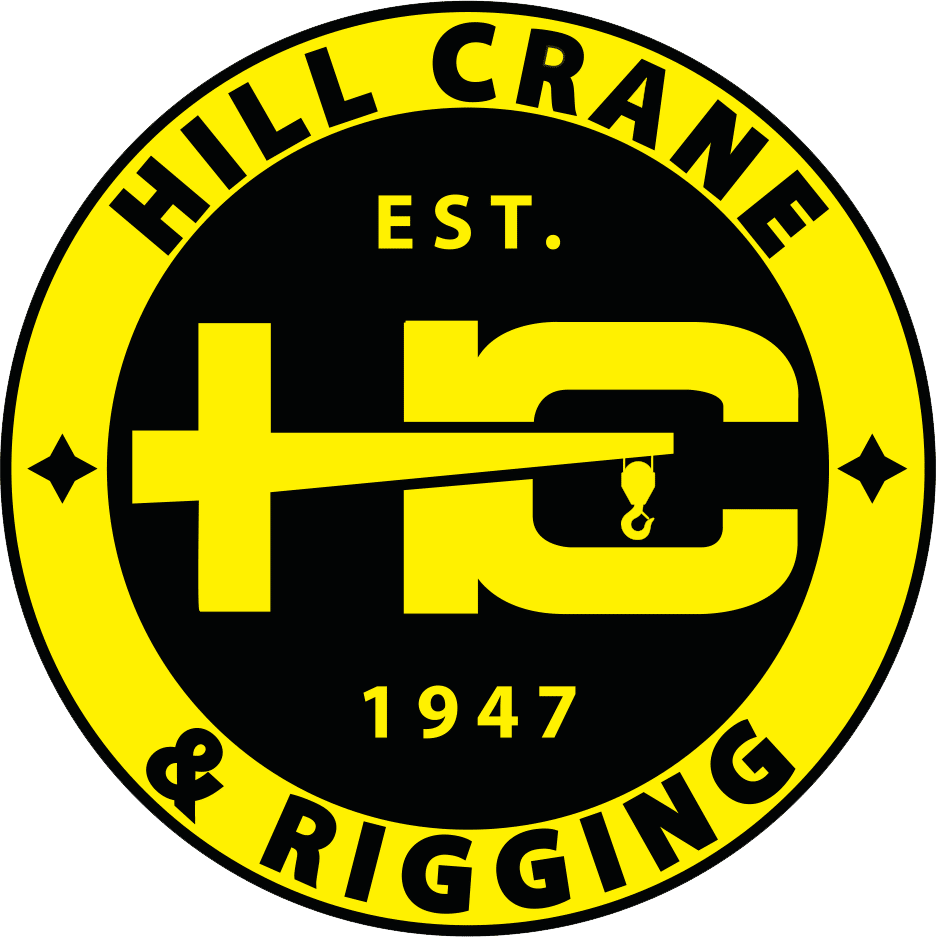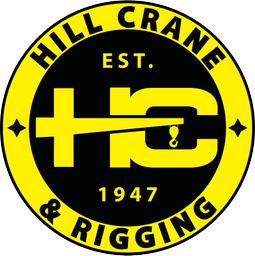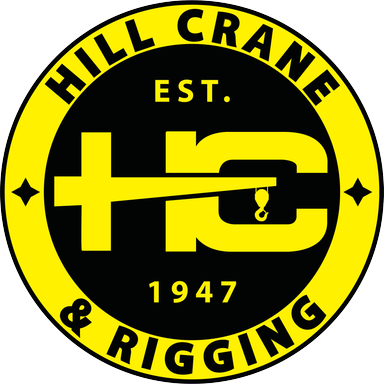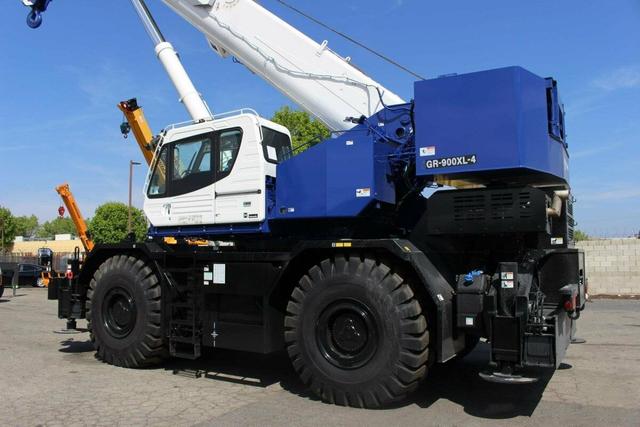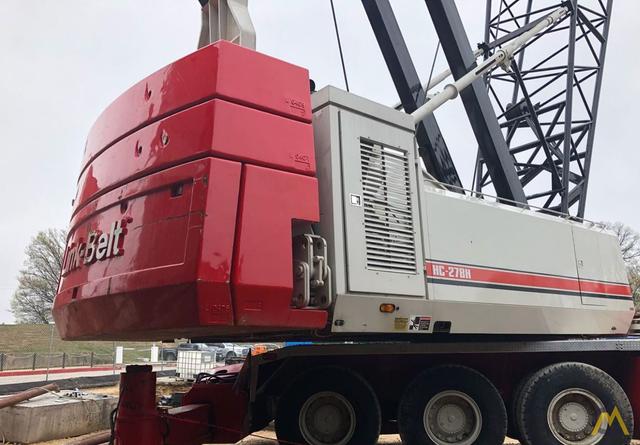Why Crane Lifting Capacity Can Make or Break Your Project
The success of any heavy lift project depends on one critical factor: choosing a crane with the right lifting capacity. Get it wrong, and you risk delays, extra costs, and safety hazards. Get it right, and the job runs smoothly, safely, and on schedule.In this guide, you’ll learn what crane lifting capacity means, how it’s calculated, the factors that affect it, and how to use this knowledge to plan a safe, efficient lift.
What is crane lifting capacity? A clear definition
Crane lifting capacity is the maximum weight a crane can safely lift under specific conditions. This figure changes based on the crane’s setup, the distance from the load, and environmental factors. Manufacturers publish detailed load charts to define safe working limits for each configuration.
Lifting capacity isn’t just about the crane’s size. It’s about the complete lifting scenario, load weight, boom length, working radius, counterweights, and site conditions all come into play.
Key factors that change lifting capacity
Load radius and boom length/angle
The load radius is the horizontal distance from the crane’s center pin to the load. The farther the load is from the crane, the lower the capacity. Boom length and angle directly affect this distance. Even small changes can reduce capacity significantly.
Counterweights and outrigger configuration
Counterweights help balance the crane during a lift. The heavier and better-positioned they are, the more capacity the crane has. Outriggers, when fully extended, also improve stability and allow for higher lifting limits.
Rigging weight and load shape
The rigging equipment,slings, shackles, spreader bars, adds weight that counts toward the total load. Large or awkwardly shaped loads can also create extra challenges, reducing capacity because of wind resistance or uneven weight distribution.
Ground bearing pressure and wind conditions
Soft or unstable ground can limit the crane’s setup options and reduce capacity. High winds can also make lifts unsafe, requiring derating (lowering) the crane’s working limits.
How to read a crane load chart (with example)
A crane load chart is a table showing the maximum lift a crane can handle at different boom lengths, radii, and configurations. To use it:
- Find the crane configuration (boom length, counterweights, outrigger position).
- Identify the radius of your lift.
- Look up the capacity at that radius.
- Subtract rigging weight from the listed capacity to get the net load you can lift.
Example:If a crane’s load chart says it can lift 25 tons at a 50-foot radius with full counterweights and outriggers, and your rigging weighs 1 ton, your safe load limit is 24 tons.
Lift planning: turning capacity into project success
Effective lift planning connects the numbers on a crane load chart to real-world results. A proper plan ensures the crane’s lifting capacity is matched to the task, accounts for on-site conditions, and addresses every safety requirement. This process reduces the chance of delays, equipment strain, or unexpected hazards.
Critical lift vs routine lift (what changes)
A critical lift is any lift that carries higher-than-normal risk, such as handling loads above 75% of a crane’s rated capacity, lifting over active work areas, or working in restricted spaces. These lifts require formal engineering, extra supervision, and detailed checklists. A routine lift uses well-understood methods for smaller, lower-risk loads and can often be planned using standard procedures. The main difference is the level of analysis, documentation, and oversight.
Rigging plan basics: slings, shackles, spreader bars
The rigging plan outlines exactly how the load will be connected to the crane hook. Common rigging gear includes slings for wrapping or attaching to the load, shackles for secure connections, and spreader bars for keeping loads stable and balanced. The weight of this equipment must be added to the total lift weight when checking capacity.
Ground conditions and matting: calculating bearing pressures
A crane’s stability depends on the ground beneath it. Ground bearing pressure is the force a crane exerts on the surface, and if it exceeds the soil’s capacity, the crane can sink or tip. Calculating this pressure helps determine whether to use crane mats or steel plates to spread the load and protect the surface.
Safety margins and communication plans
Even when the math says a lift is possible, smart crews build in safety margins for factors like wind gusts, uneven ground, or slight misalignment. Clear communication plans, including hand signals or radio calls, keep the team coordinated from start to finish. This is a best-practice safeguard, not a substitute for following regulations.
Crane selection: How to choose the right crane for your project
Choosing the right crane is as important as the lift plan itself. The wrong choice can reduce lifting capacity, increase setup time, or limit reach. A good selection process matches crane type and size to the load, radius, terrain, and site access.
Decision framework by load, radius, access, terrain, duration
- Load – total weight, including rigging gear
- Radius – distance from the crane’s center pin to the load
- Access – site entry points, obstacles, and clearance
- Terrain – ground stability and slope conditions
- Duration – how long the crane will be needed on-site
This framework ensures all key factors are considered before making a rental decision.
All-terrain vs rough-terrain vs crawler vs truck-mounted
- All-terrain cranes good for long travel distances and varied surfaces
- Rough-terrain cranes designed for off-road sites with uneven ground
- Crawler cranes track-mounted for heavy loads and no need for outriggers
- Truck-mounted cranes quick to mobilize for short-term jobs on paved roads
Each type offers different capacity and mobility advantages.
Common mistakes in crane selection and how to avoid them
- Ignoring rigging weight in total lift calculation
- Overlooking site access restrictions
- Choosing by maximum capacity instead of capacity at needed radius
- Not factoring wind or boom configuration limits
Avoiding these errors starts with accurate site data and load information.
Capacity in context: Examples from construction and industrial lifting
Real-world examples help visualize how crane lifting capacity is applied.
Setting rooftop HVAC units (tight urban access)
Urban lifts often require cranes with long reach but compact setup footprints. The load might be light compared to the crane’s maximum capacity, but the extended radius can reduce available capacity dramatically.
Steel erection with variable radius
In steel erection, cranes often need to swing loads at different radii during a single lift sequence. Planning ensures capacity is sufficient at every boom position, not just the initial pick.
Plant maintenance lifts during shutdowns
Industrial shutdowns demand precise lifts within tight schedules. Choosing a crane with the right capacity and mobility helps avoid downtime penalties and keeps crews safe.
Safe crane operations: Practical risk controls that matter
Safe operation protects both workers and equipment. Even with the right crane and lift plan, field execution is where risk control makes the difference.
Pre-lift checklist (operator, rigging, site, weather)
Before every lift, verify the crane’s inspection status, the rigging configuration, site conditions, and current weather. This ensures nothing has changed since planning.
Wind thresholds and derating considerations
Wind speed can reduce safe lifting capacity. Operators use manufacturer guidelines to derate (lower) capacity when wind exceeds certain limits. This prevents side-load stresses that can cause instability.
Communication, spotters, and exclusion zones
Dedicated spotters guide the operator, especially when the load is out of sight. Exclusion zones keep non-essential personnel clear of the lift area, and established communication methods ensure precise coordination.
Why partner with Hill Crane for heavy lifting solutions
When the project is on the line, you need more than just equipment — you need a partner who delivers on every lift.
- Extensive fleet – From hydraulic truck cranes to crawlers, we match the right machine to your job.
- Expert lift planning – Detailed plans that account for site conditions, load requirements, and safety standards.
- 24/7 dispatch – Rapid mobilization to meet tight schedules or emergency needs.
- Proven track record – Trusted for high-stakes lifts across construction, industrial, and infrastructure sectors.
Quick answers about crane lifting capacity and selection
It’s the maximum weight a crane can lift at a specific boom length and radius, as determined by the manufacturer’s load chart.
The farther the load is from the crane’s center pin, the more leverage is applied, which reduces capacity.
Gross capacity is the total rating from the chart. Net capacity subtracts rigging weight and other deductions.
A lift is critical if it exceeds 75% of rated capacity, involves unusual loads, or works over people or active areas.
Get tailored guidance for your lift
Every site, load, and schedule is different. Our lift planners can review your project, visit your site, and create a detailed lift plan tailored to your needs.
